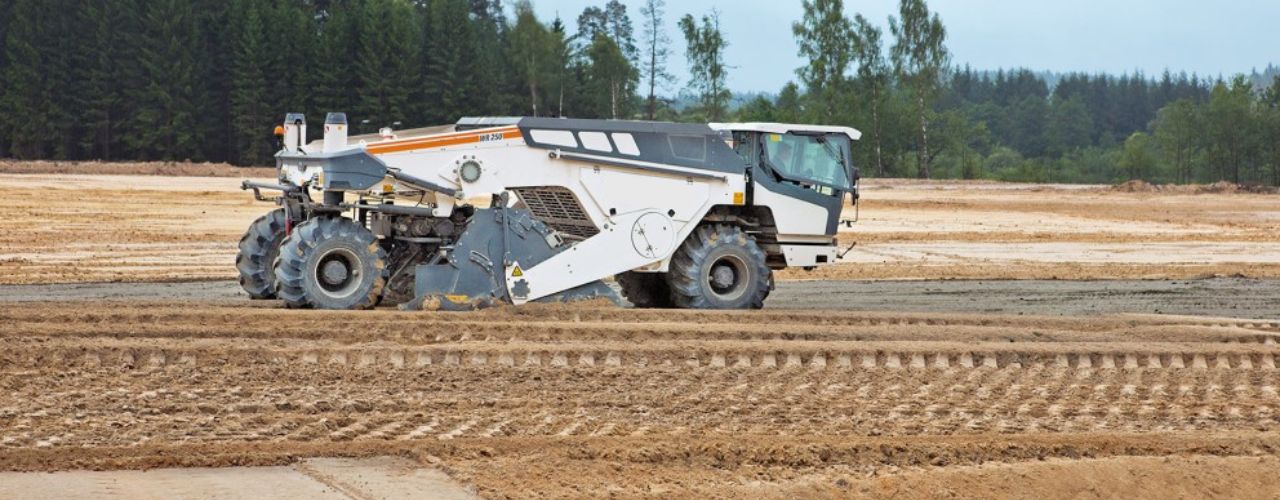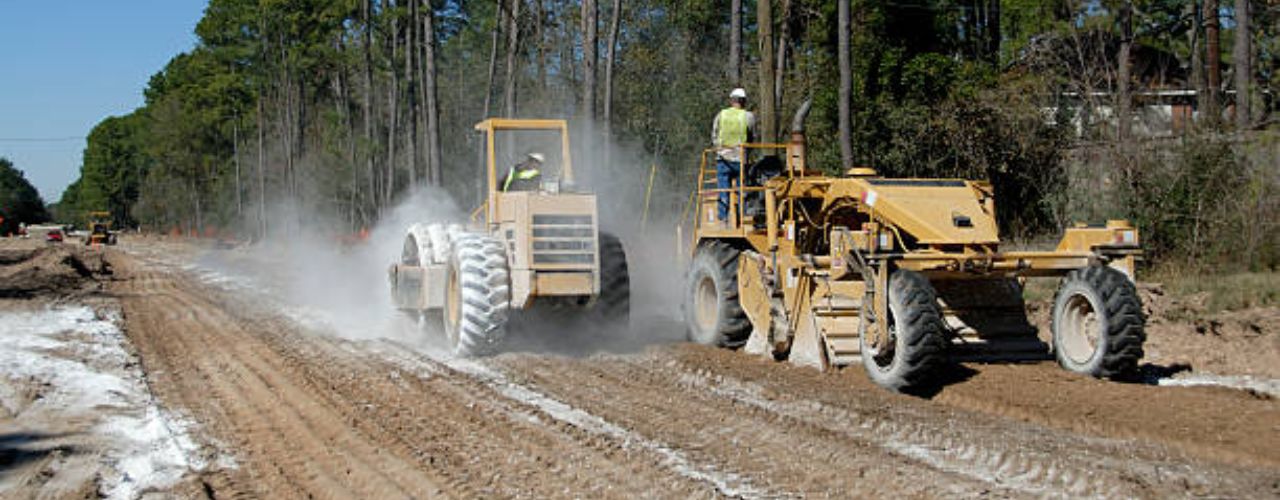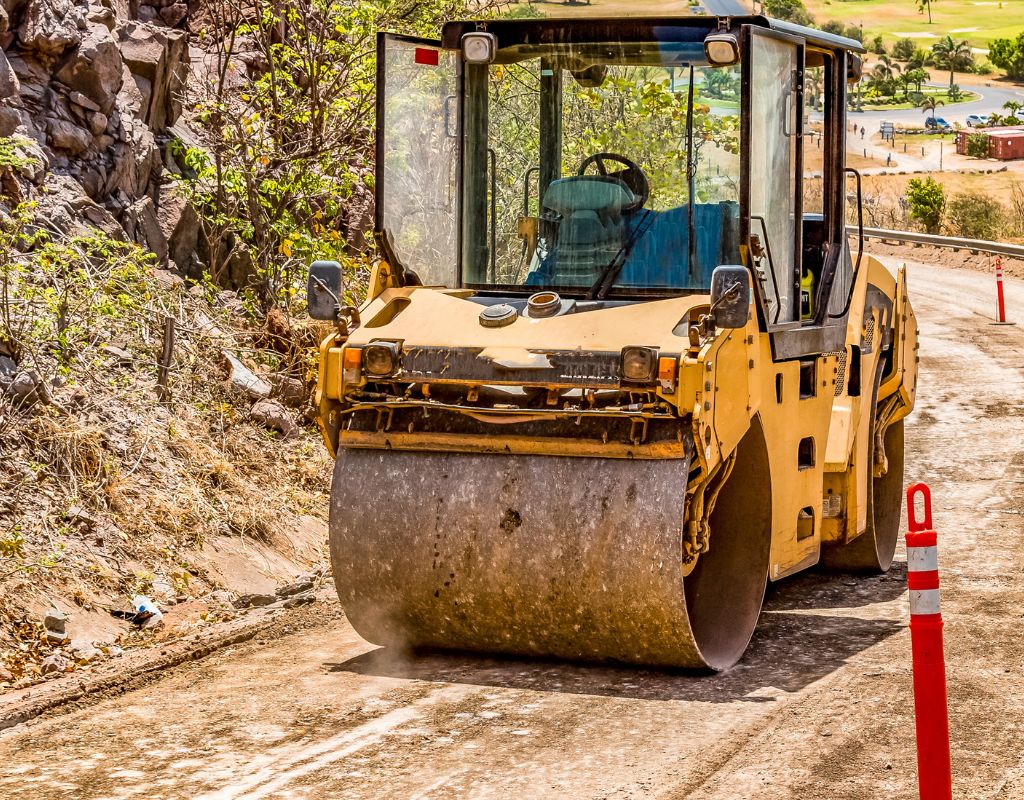
SOIL STABILISATION


Soil Stabilisation is a geotechnical engineering technique that aims to improve the mechanical properties of soil, making it more stable and suitable for construction purposes. The goal of soil stabilisation is to enhance the strength, durability, and load-bearing capacity of the soil, reducing the risk of settlement, slope failure, and other geotechnical issues.
Soil Stabilisation is commonly used in a wide range of applications, including road construction, foundation construction, embankments, and land reclamation, to ensure that the soil can safely support the intended structures or infrastructure.
Benefits of Soil Stabilisation:
At Savinaya Infra, we use various methods for soil stabilisation, including the addition of chemicals, cementitious materials, or other binders to the soil, as well as mechanical techniques such as compaction or densification. Additionally, we also play a key role in selecting and implementing the appropriate soil stabilisation methods based on site-specific conditions and project requirements.
Increased Stability
Soil stabilisation helps increase the stability of the soil, reducing the risk of erosion, landslides, and other types of soil failures. This can be especially beneficial for projects such as road construction, where stability is crucial for safety and longevity.
Improved Durability
Soil stabilisation also helps improve the durability of the soil, making it more resistant to wear and tear. This can help reduce the need for costly repairs and maintenance in the future.
Environmentally Friendly
Soil stabilisation is an environmentally friendly solution, as it does not require the removal or replacement of soil. By stabilising the existing soil, it can help reduce waste and minimise the impact on the surrounding environment.
Reduced Cost
Soil stabilisation can be a cost-effective solution for soil-related problems, compared to other methods such as excavation or replacement. By improving the stability and durability of the soil, it can help reduce the need for expensive repairs and maintenance in the long term.
Customised Solutions
At Savinaya Infra, we offer customised soil stabilisation solutions based on the specific needs of your project. We work closely with our clients to design and implement solutions that meet their unique requirements, using a variety of techniques and materials.
Enhanced Load-Bearing Capacity
Stabilising the soil can help increase its load-bearing capacity, allowing it to support heavier loads without the risk of failure. This can be particularly useful for construction projects that require a strong foundation.
FAQ's
Soil stabilisation is the process of improving the strength and durability of soil to support various construction and infrastructure projects. This process can involve the addition of stabilising agents, such as lime, cement, or fly ash, to the soil to enhance its physical and mechanical properties.
Soil stabilisation can offer several benefits, including improved load-bearing capacity, reduced soil permeability, enhanced erosion resistance, and increased durability. It can also provide cost savings by reducing the need for excavation and the importation of additional materials.
Soil stabilisation may be necessary for a wide range of projects, including road and highway construction, building foundations, embankments, retaining walls, and slope stabilisation. It is typically required when the existing soil conditions are insufficient to support the intended use or load.
We at Savinaya Infra, carry out Soil stabilisation using several techniques, including mechanical stabilisation, chemical stabilisation, and biological stabilisation. The specific technique used depends on factors such as the soil type, the intended use of the stabilised soil, and the project budget.
Soil stabilisation can be an environmentally friendly alternative to traditional construction methods. The use of stabilising agents can reduce the need for excavation and the importation of additional materials, which can decrease the environmental impact of construction projects. Additionally, some stabilising agents, such as fly ash, can be made from recycled materials, further reducing the environmental impact.
